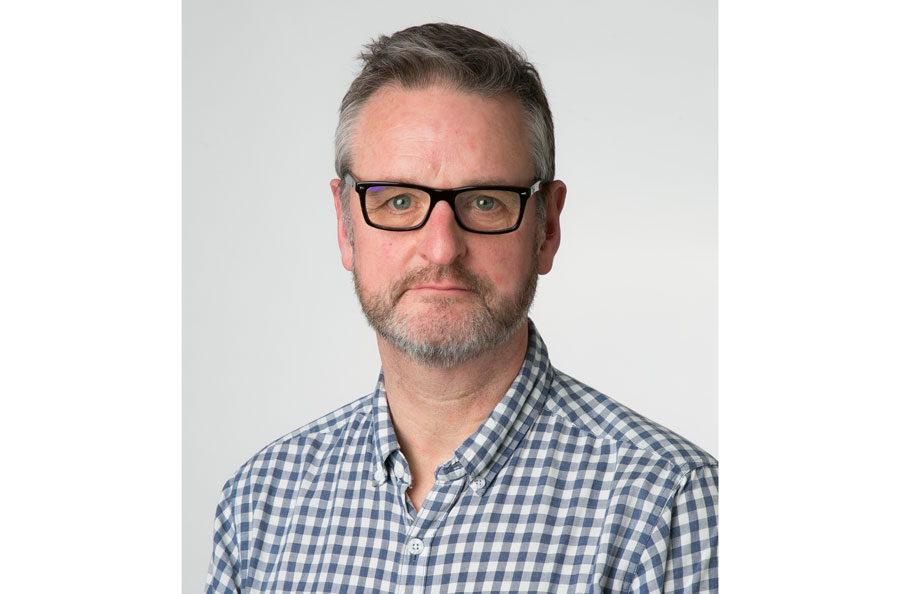Endobronchial ultrasound scan and biopsy (EBUS)
What is an endobronchial ultrasound scan and biopsy (EBUS)?
A biopsy is when doctors remove a small piece of tissue or a sample of cells from an area of the body. This is then checked under a microscope for cancer cells.
You usually have a biopsy to find out for certain if you have lung cancer.
There are different ways of doing a biopsy. Your cancer doctor or nurse will talk to you about the type of biopsy you will have.
Some people have an EBUS to diagnose lung cancer. An EBUS lets the doctor look into the lungs through the walls of the airways. They use an ultrasound to see the area. An ultrasound uses soundwaves to produce a picture. The doctor takes biopsy samples of the lymph nodes in the centre of your chest.
Preparing for an EBUS
What happens during and after an EBUS?
The doctor passes a thin, flexible tube called a bronchoscope through your mouth into your windpipe (trachea). It has a tiny camera and ultrasound on the end which shows a picture of the area on a screen. The doctor passes a needle through the wall of the airway and takes samples (biopsies) of the lung and lymph nodes.
An EBUS takes less than an hour. You can usually go home on the same day.
Support for an EBUS
It is normal to feel anxious before having a test. You might be worried about having the test and what the test result might mean. Talking to family and friends about how you feel may help. You can also:
- Call the Macmillan Support Line for free on 0808 808 00 00.
- Chat to our specialists online.
- Visit our lung cancer forum to talk to people who have been affected by lung cancer, share your experience, and ask an expert your questions.
About our information
This information has been written, revised and edited by Macmillan Cancer Support’s Cancer Information Development team. It has been reviewed by expert medical and health professionals and people living with cancer.
-
References
Below is a sample of the sources used in our lung cancer information. If you would like more information about the sources we use, please contact us at informationproductionteam@macmillan.org.uk
National Institute for Health and Care Excellence (NICE). Lung cancer – Diagnosis and management. Clinical guideline 2019. Last updated 2023. (accessed Nov 2023) Available at: https://www.nice.org.uk/guidance/ng122
European Society for Medical Oncology (ESMO). Small-cell lung cancer: ESMO clinical practice guidelines for diagnosis, treatment and follow-up. 2021. (accessed Nov 2023). Available at: https://www.esmo.org/guidelines/guidelines-by-topic/esmo-clinical-practice-guidelines-lung-and-chest-tumours/small-cell-lung-cancer
European Society for Medical Oncology (ESMO). Early and locally advanced non-small-cell lung cancer (NSCLC): ESMO clinical practice guidelines for diagnosis, treatment and follow-up. 2017. eUpdate 01 September 2021: New Locally Advanced NSCLC Treatment Recommendations (accessed Nov 2023) Available at: https://www.esmo.org/guidelines/esmo-clinical-practice-guideline-early-stage-and-locally-advanced-non-small-cell-lung-cancer
European Society for Medical Oncology (ESMO). ESMO expert consensus statements on the management of EGFR mutant non-small-cell lung cancer. 2022 (accessed Nov 2023). Available at: https://pubmed.ncbi.nlm.nih.gov/35176458/
Date reviewed

Our cancer information meets the PIF TICK quality mark.
This means it is easy to use, up-to-date and based on the latest evidence. Learn more about how we produce our information.
The language we use
We want everyone affected by cancer to feel our information is written for them.
We want our information to be as clear as possible. To do this, we try to:
- use plain English
- explain medical words
- use short sentences
- use illustrations to explain text
- structure the information clearly
- make sure important points are clear.
We use gender-inclusive language and talk to our readers as ‘you’ so that everyone feels included. Where clinically necessary we use the terms ‘men’ and ‘women’ or ‘male’ and ‘female’. For example, we do so when talking about parts of the body or mentioning statistics or research about who is affected.
You can read more about how we produce our information here.





